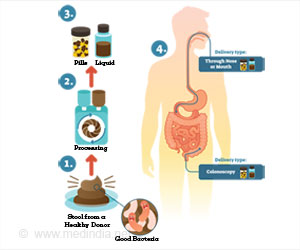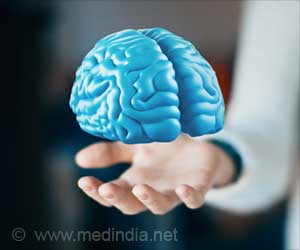The scientists in the U.S. uncovered the secrets of the deadly Spanish flu that in 1918 took the lives of nearly 50 million people across the world
The scientists in the U.S. uncovered the secrets of the deadly Spanish flu that in 1918 took the lives of nearly 50 million people across the world.
The pandemic took lives of more people than the World war I. The reason for the severity of the virus was not understood then. Dr John Kash, of the University of Washington in Seattle and his team conducted a research by infecting mice with a reconstructed form of the 1918 virus and observing their response.Based on the results, the scientists are hopeful that the evidence that they found would explain the deadliness of the virus and would possibly find a new method to tackle pandemic flu.
"What we think is happening is that the host's inflammatory response is being highly activated by the virus, and that response is making the virus much more damaging to the host," said Dr Kash "It is an overblown inflammatory response," he said in an interview, adding that it could have caused a similar immune response in humans.
The study was published online in the journal Nature. According to the team, there are 2 ways to fight pandemic flu; aiming the immune response of the patient to the infection and the virus itself.
Mutation of H5N1 bird flu virus into a highly infectious strain affecting humans could cause the next pandemic, warned scientists. H5N1 virus has taken lives of over 145 people since 2003. The 1918 Spanish flu pandemic was caused by the H1N1 influenza strain. In contrast to the other flu viruses that mainly affect people with weak immune system like kids and the elderly, the 1918 pandemic affected young adults and healthy people in general.
This effect could be explained by a hypothesis, according to which, a secondary infection may have invaded the Spanish flu-afflicted people whose immune systems were already damaged.
Advertisement
"When the body responds to infection, there are components of the immune system that can be beneficial and those that can be harmful," said Dr Christopher Basler, of the Mount Sinai School of Medicine in New York, who is a co-author of the study.
Advertisement
Source-Medindia
GYT








